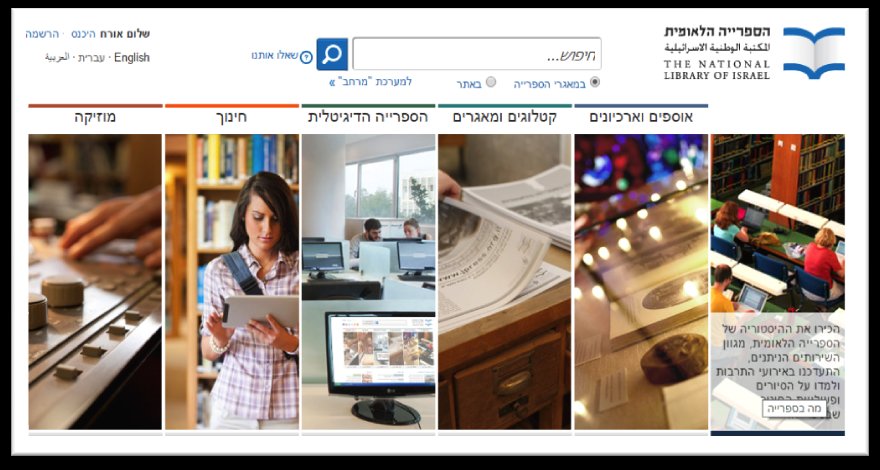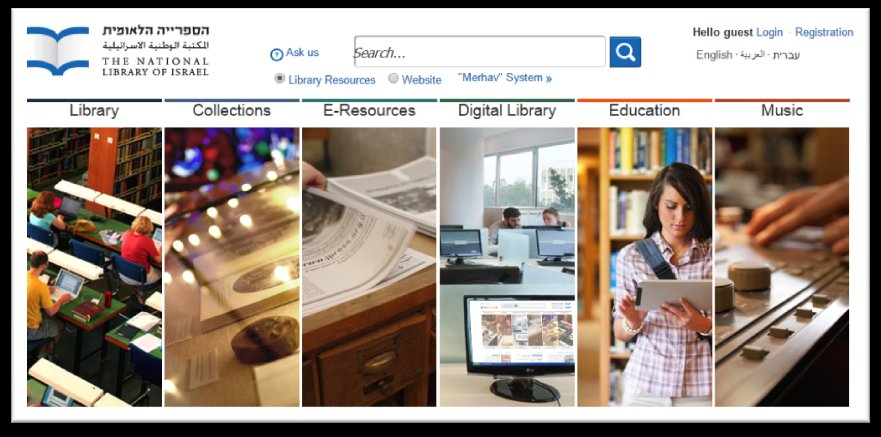Advantages & Challenges
What are the advantages of multilingual websites? On a most basic level, they increase a website’s audience. But, multilingual website implementation is not just a matter of translating content. There are a number of challenging issues that must be considered and can be overcome. These challenges can be divided into three categories: content creation/translation, content optimization (SEO and social), and e-commerce challenges.
1) Content Language is Essential
At a minimum, content must be translated and adapted for the target audience. Writing the source text with clarity, precision, and without potentially ambiguous elements such as pronouns that refer back to other parts of the text, is essential. Any names of products, or terms for their components, should also be defined for translators in a client style guide.
Any graphic elements that have text should ideally be sent to translators along with their translation projects, so that they can see the way that the graphics will be displayed on the page. If elements of translated text will be used for a chart label, a menu item, or for a website button, let translators know this in order to have an accurate translation based on the context of the website content.
It is important to note that some languages use more words to express the same concept than others. This needs to be factored into the design of the site so that sections can expand or shrink to fit the amount of text needed. For buttons and other elements that cannot be resized beyond a certain point, it is important to let the translators and project managers know this.
2) The Site Needs to be Found
A content management system and a system to store translation memories will help you to manage multilingual sites. There are many different ways to structure your website domain and this should be considered based on the target geography. You want to create domain names that will return useful search results for every language. Don’t forget too that some countries have multiple languages (like Switzerland with four languages). In a case like this, you may want to host the site under a single domain name with separate index pages for each language. There is a good training video from Google about all of this:
Expanding your site to more languages by Google Webmasters
Each website will build its own search ranking results based on its geographic area. When thinking of keywords, it is important to not simply translate these. Using a tool like Google Analytics Toolkit, you should customize your keywords for each language and each localized site. Below is another good video about doing Search Engine Optimization (SEO) research. The video answers a user question about keyword ranking. The additional multilingual challenge is that everything suggested here must be repeated for each website in every language version. You must do your SEO research using terms customers are actually searching for in each language (based on your server logs). Don’t simply translate keyword terms and use those as your sites’ keywords.
What is the best way to check your own site for keyword ranking? by Google Webmasters
3) Adapt to the Language
Another consideration for website translations, which should not be overlooked, is if you are translating to or from a right to left language. Any images and text will need to be adjusted for this format. This must be factored into the design and translation of websites in Arabic, Hebrew, Persian and many other languages.
National Library of Israel (Hebrew version)

National Library of Israel (English version)

4) Make Money, Be Social
E-commerce websites present their own special sets of challenges when they are translated or localized. Different countries or regions may have preferences related to shipments (home delivery or delivery to pick-up points), payment methods (online or by phone, debit payment vs. credit payment, payment by bank transfer). It is important to consider the cultural aspects, beyond just language, of a website’s users.
Also, because social marketing has taken off as a way for companies to interact with their customers, this is important to build into your multilingual websites. However, if your company provides the ability for customers to rate, review, or comment on a company’s products or services, you should be prepared to monitor this feedback and to respond to customers using the language that the customer writes in.
Conclusions
So, to recap, creating multilingual, culturally aware websites are essential to global expansion. However, there are many challenges beyond translation that must be planned for. The good news is that an online presence that is well planned from the outset can be a strong way to effectively grow your market share in new countries.

